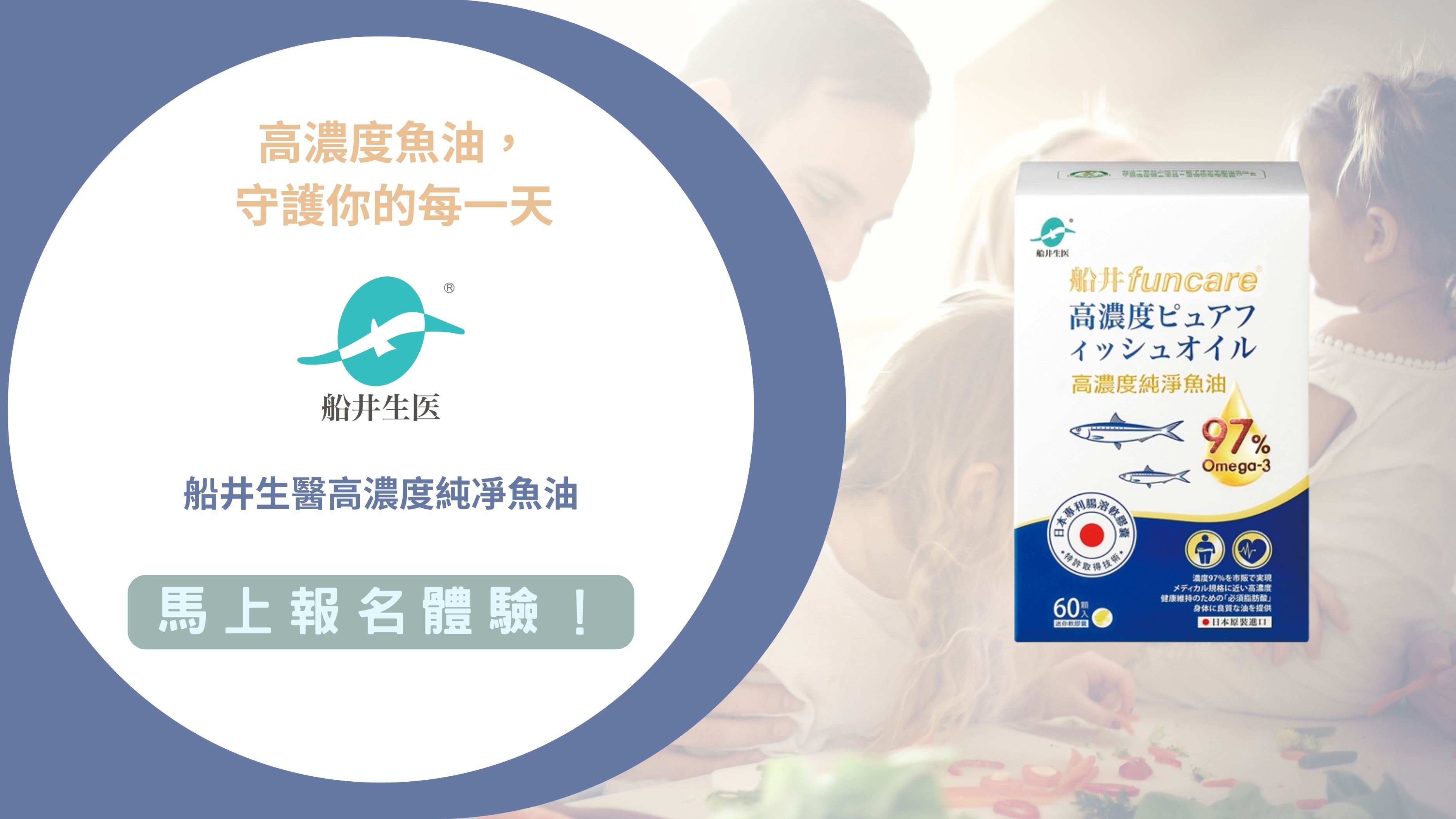N-methylpyrrolidone (NMP) is a high boiling point solvent with excellent thermal properties. It has strong polarity, inertness, low viscosity, strong solubility, good stability, no corrosion, and low volatility. Other solvents were replaced in the process route. Its production process can adopt 7-butyrolactone and methylamine condensation line, which is a reliable and mature process production line at present. The manufacturers are almost the same, but the main difference is the production method of monobutyrolactone intermediate. BASF company developed 1,4-butanediol (1,4-BDO) dehydrogenation to 7-butyrolactone, and then with methylamine The production method of condensation NMP, Japan's Mitsubishi Chemical Co., Ltd. uses maleic anhydride hydrogenation to produce 7-butyrolactone, by the route of condensation to NMP, and also has a production device. The raw material cost of 1,4-BDO is relatively high. The cost of producing 1,4-BDO by the Reppe process is 35 higher than that of the maleic anhydride produced by the butane oxidation process. This is the biggest weakness. . The cost of 7-butyrolactone produced by high pressure hydrogenation of maleic anhydride is difficult to compete with the 1,4-BDO dehydrogenation route. Recently, BASF in Germany used 7-butyrolactone and mixed methylamine as raw materials to produce N-methylpyrrolidone in a continuous process. This method can produce high-purity products. The 1,4-BDO dehydrogenation method for the production of 7-butyrolactone is relatively mature, the product yield is high, the process has no special requirements, the catalyst is easy to make, and the service life is long. Both BASF and GAF companies are 1,4-BDO manufacturers, and 1,4-BDO is used to produce 7-butyrolactone and N-methylpyrrolidone, which are downstream products with high comprehensive economic benefits.
目前分類:N-methyl-2-pyrrolidone synthetic method (1)
- May 07 Thu 2020 15:19
N-methyl-2-pyrrolidone synthetic method



